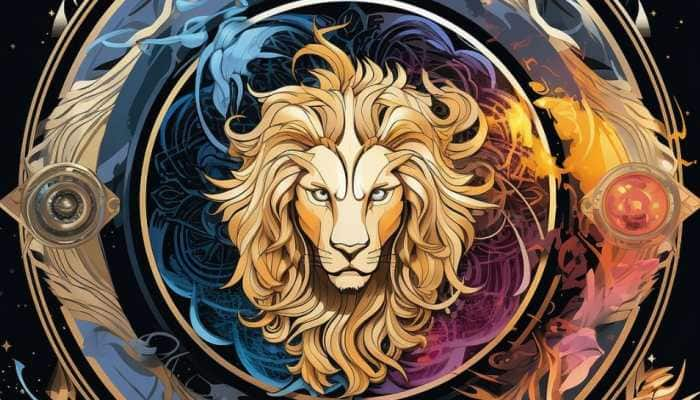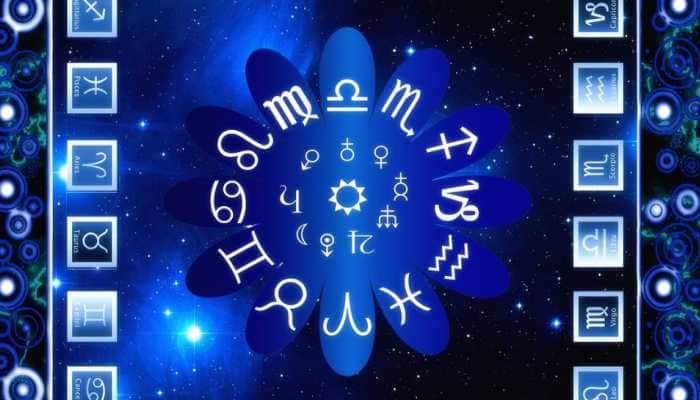History Revisited: How political parties fared in 1967 Lok Sabha election
During the five year term from 1962 to 1967, India saw two wars - the Indo-China conflict and Indo-Pakistan war - which greatly dented the Indian economy. The country was left grappling with chronic food shortage and rising prices of goods across the country.
Trending Photos
) Photo: rashtrapatisachivalaya
Photo: rashtrapatisachivalaya In the five years after the last election in 1962, India witnessed a tumultuous time. Jawaharlal Nehru who had sworn in as the Prime Minister after the 1962 Lok Sabha election had died in 1964, two years after taking charge. He was succeeded by Lal Bahadur Shastri, who also died while he was the PM in 1966. Then came the era of Nehru's daughter Indira Gandhi, who was sworn in as the PM in 1966 after Shastri's death. In the interim period between Shastri and Indira's appointments, Gulzarilal Nanda had taken oath as the PM, serving for 13 days on both occasions. Hence there were 5 swearing-in ceremonies that were held in the five year period.
Also Read: History of Lok Sabha elections
The country also witnessed the Indo-China war also formally known as the Sino-Indian Border Conflict in 1962 as well as the Indo-Pakistan war in 1965. The two wars had greatly dented the Indian economy and the country was grappling with chronic food shortage, drought leading to rising prices of goods across the country. The Indira-led government also resorted to a steep devaluation of the rupee, by 57 per cent. After the devaluation, the effective value of the rupee went from Rs 4.76 against the dollar to Rs 7.50 per dollar.
In a scenario of such political and economic turmoil, India had to brace itself for the fourth Lok Sabha election in 1967. The elections were announced and the voting was to be held across the country in phases from 17 to 21 February 1967.
Full coverage: Lok Sabha election 2019
When the 1967 election results were announced, Congress came back to power winning 283 of 520 seats - the Lok Sabha seats had increased by 26 from the previous elections when there were 494 seats. However, the numbers of Congress had seen a major decline. From its tally of 361 in the 1962 election, the party lost 78 seats and marked its victory in 283 constituencies. The party that had been a stable one under the leadership of Nehru and then Shastri seemed shaken with the death of the two stalwarts in quick succession. The ascension of Indira as the PM was not as flawless and she would have liked it to be. The Congress was largely divided between two camps, one in favour of Indira and other against her. Her decision to take up the PM role had also not gone down well with the then deputy prime minister Morarji Desai, who was seeing himself as a prime contender for the top post.
| STATES | NUMBER OF SEATS WON BY CONGRESS - STATE WISE |
|---|---|
| Andhra Pradesh | 35 |
| Assam | 10 |
| Bihar | 34 |
| Gujarat | 11 |
| Haryana | 7 |
| Jammu And Kashmir | 5 |
| Madhya Pradesh | 24 |
| Madras | 3 |
| Maharashtra | 37 |
| Mysore | 18 |
| Orissa | 6 |
| Punjab | 9 |
| Rajasthan | 10 |
| Uttar Pradesh | 47 |
| West Bengal | 14 |
| Kerala | 1 |
| Andaman And Nicobar Islands | 1 |
| Dadra And Nagar HavelI | 1 |
| Delhi | 1 |
| Himachal Pradesh | 6 |
| Pondicherry | 1 |
| Tripura | 2 |
| TOTAL | 283 |
The Congress suffering losses was a positive for the Swatantra party. In the 1967 election, the party emerged as a significant force in parts of the country and won 44 seats to become the single-largest opposition party in the fourth Lok Sabha.
The Communist Party of India which in the previous elections held the second spot in the overall tally of winners too suffered setbacks. While Congress was trying to downplay the differences, the CPI had been split into two parts with nearly identical names - the Communist Party of India and Communist Party of India - Marxist. The split in 1964 was said to be due to the prevailing Sino-Soviet tensions, attitude towards the Congress party and the differences in communist doctrinal. Owing to the split, the combined votes of the party were divided in the 1967 election. While the won 23 of the 109 seats it contested on, the CPM won 19 of the 59 seats it contested on.
The Bharatiya Jana Sangh also gave its strongest parliamentary performance in the 1967 election. Winning 35 of the 249 seats that it contested on, it showed a remarkable improvement in its tally from the 1962 election where it won 14 seats.
The Praja Socialist Party also saw a split with the formation of Samyukta Socialist Party led by George Fernandes in 1964. The party though was later to be reunited with the PSP, forming the Socialist Party in 1972. The Samyukta Socialist Party took away a sizable chunk of the PSP votes winning 23 seats. The PSP instead in fact managed to win 13 seats, 10 seats lesser than the SSP - but one seat more than its 1962 tally.
In all, 1342 candidates of national parties contested the polls of which 440 won while of the 148 candidates of state parties who fought, 43 won. Apart from these, candidates of unrecognised parties also staged a victory in two constituencies. The Share of seats in the kitty of the Independents grew from the 1962 election. Of the 866 who contested the poll, 35 won as compared to the 1962 election where 20 candidates won on their seats.
Key points to note:
It was the last time in 1967 when the election to Lok Sabha and state Assemblies was held together. The Congress's losses were not just reflected at the Centre, it also lost control of six governments in the state in the same year.
Indira Gandhi & her Cabinet after their swearing in ceremony, 1967 pic.twitter.com/FhVg5mWHgO
— Congress (@INCIndia) April 12, 2016
There was widespread disenchantment within the Congress, especially with its top leaders. With the party having been in office for long enough, many thought that arrogance had crept in the party and the leaders were losing the character and motivation of working for the society. The electorate was looking for options instead of Congress. The 1967 election also saw a major political awakening with a turnout 61.1 per cent eligible voters, the highest witnessed so far.
With the Congress having won and Indira having taken oath as the PM, the next election was due to be held in March 1972. The elections, however, were called early as a result of the early dissolution of the Lok Sabha by the President on Indira's recommendation on 27 December 1970.
Live Tv







)
)
)
)
)
)
)
)
)
)
